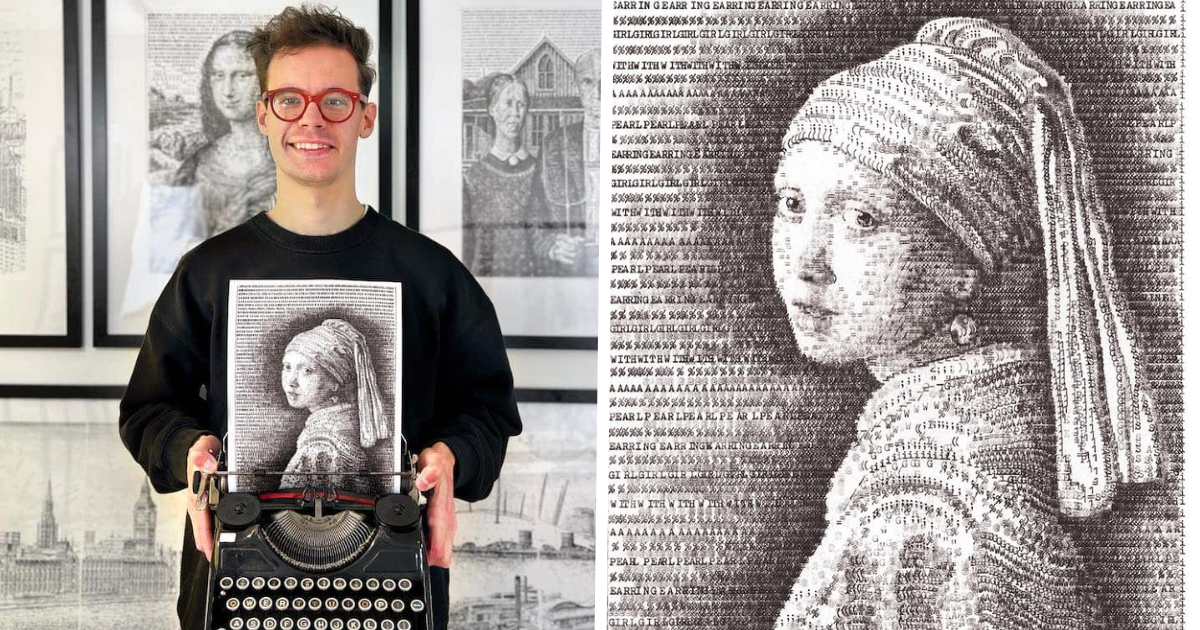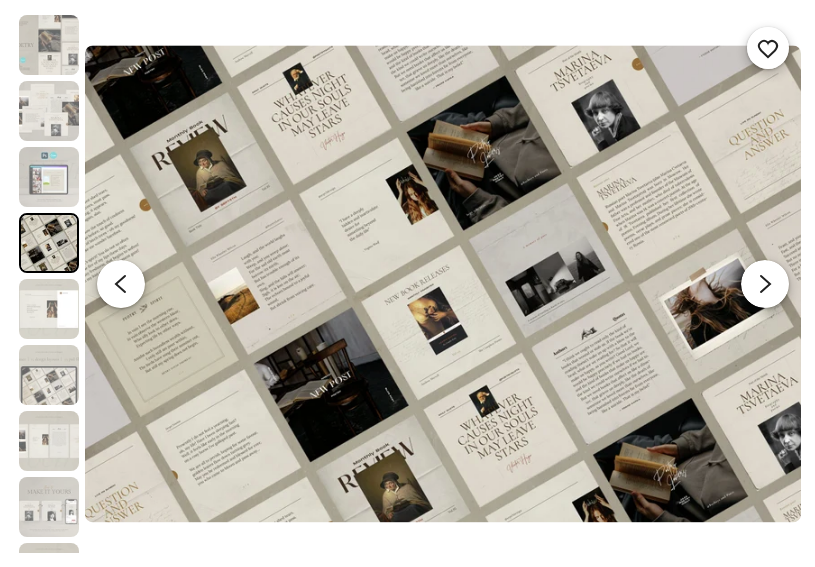We live in a time when what gets made is increasingly decided by what has already worked. Scroll through TikTok, browse the trending charts, or sit in a pitch meeting at a streaming service, and it becomes clear: the creative world is running a high-speed loop of what’s familiar, clickable, and easy to sell. But in the middle of that loop, something strange is still trying to break through - something new.
Originality is not extinct. but it ias fighting an uphill battle.
Where Ideas Come From Now
Poets can now buy Instagram templates on Etsy…hmmmm
Creatives used to make something and then wait for people to react. Now, people dictate what creatives produce before a word is written. Algorithms account for engagement and come up with content that ticks specific beats - shorter, louder, faster. Platforms reward copying rather than innovation.
Instagram poets are a tiny but telling subset. In a 2024 study, most of them adjusted their writing for the feed: closer lines, more jarring turns, fewer ambiguities. The goal wasn't to get at something more profound - it was to get heard. In music, streaming flattened the shape of a song. The chorus arrives earlier. The intro is obsolete. Hook a listener in second 30 or you've lost the stream - and the payday.
This is not just limited to the arts. Television notices data increasingly being used to make decisions at the likes of Netflix. It never displaces human imagination but stimulates it. Ideas based on previous success are invested in towards an advantage. Fresh voices are tasked with presenting the sure thing.
This is not the first time artists have been trapped by the marketplace. And it is not the first time they've managed to escape.
In the 1960s, The Beatles stopped touring and locked themselves in a recording studio. They weren't emulating a trend - they were inventing one. At Pixar, when the stories weren't working, they didn't fire the writers. They sat them down in a Braintrust - no hierarchy, just untamed discussion. Ed Catmull, the head of that initiative, admitted their movies would usually begin as a mess. But they created a culture that could clean up the mess without suppressing the creativity.
Airbnb only took flight after its founders, desperate and penniless, began to take photos of listings themselves. It wasn't scalable. But it did work. They added a human touch to something impersonal. And that turned browsers into bookers.
Steve Jobs, who was fixated on simplicity, wouldn't release the iPhone until it was touch-screen and button-less. It was a risk. But he knew that initial exposure to conventional thinking would dilute the vision. He held firm. Then revolutionized the world.
Kendrick Lamar established pgLang in 2020 with it. It's hard to say what it does: partially a label, partially a creative studio, partially a philosophy. They work across media, but avoid the formats. Their output - ads, music, film - is cohesive not because it follows a formula, but because it doesn't.
Working with the Machines Instead of Against Them
Refik Anadol
Not every artist wants to fight the system. Some want to remake it from inside.
British poet and filmmaker Jay Bernard used AI to expose the invisible hand behind our streams of information. Generative art innovator Mario Klingemann talks about "data poisoning" - making things complicated so the machine can't just copy your work.
In 2024, MIT hosted a filmmaking hackathon in which individuals employed GPT-4 to write scripts, cast them with actors and sets, and the outcomes were muddled, sometimes glorious, sometimes broken. But the message came through: AI is not the death of creativity. It's a collaborator with an odd vocabulary.
Refik Anadol translates information into giant rolling murals. His AI-generated visualizations are rather more like dreams than like diagrams at MoMA and LACMA. The beauty is not in the code but in the way he massages the chaos.
Meanwhile, music platforms like BandLab are allowing remote musicians to jam in real time. The band is no longer required to be in a garage. It can reside in a cloud. And that sometimes creates a sound that no one expects.
A Blueprint for What's Next?
So how do we facilitate work that breaks the mold? It starts by building alternative kinds of spaces to work in.
Speculative sprints instead of hackathons: less concerning quick successes, more concerning long questions. IDEO does this in their speculative design practice. It's not finishing—it's initiating with the right unknowns.
Braintrusts: Pixar's recipe has spread to Hollywood. Writers' rooms, open-source development, and startup R&D labs are emulating the formula in order to obtain improved, earlier feedback.
More control and transparency with better AI tools: Adobe Firefly and Runway ML are giving creators more power and openness. They're not ideal, but they're attempting to serve artists, not automate them.
Time that doesn't require a hit: Patreon and Substack, or grants from The Creative Independent, provide individuals with time. Time to go slow. Time to be weird. Time to create before even knowing how to sell it.
Even in the technology industry, the long game is very much on. Waymo, the self-driving car company, took years before rolling out an actual product. Others were sprinting for hype, while they held their tongues - testing on edge cases and addressing the mundane. They now have real autonomous taxis driving around Phoenix and San Francisco.
Duolingo didn't only make language learning addictive - they made it smart. Their new AI instructors get to learn to keep up with your tempo. It's not so much about streaks and gems. It's about actually getting better.
A Different Kind of Success
Originality can be a bestseller. It's what pushes the limits forward. It's what we remember.
The next breakthrough probably won’t be optimized. It won’t hit every target in the first round. It might come from a strange corner, or a long silence. It might be a whisper in a room full of shouting.
That’s why it matters. Because in a world trained to repeat what already worked, doing something new is the most radical move we can make.



